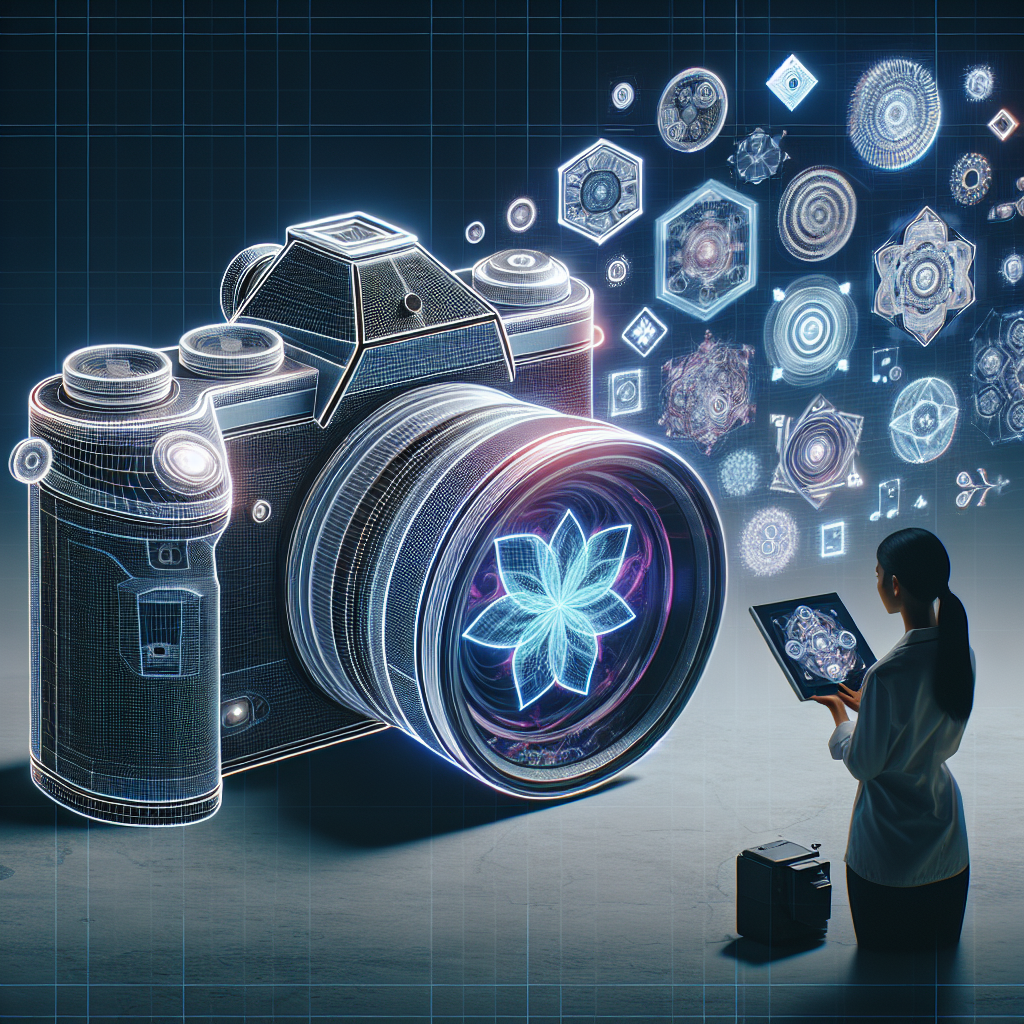The Future of Photography with Generative AI
Photography has come a long way since the invention of the first camera in the early 19th century. Over the years, advancements in technology have revolutionized the way we capture and share images, from film cameras to digital cameras to the cameras on our smartphones. One of the latest developments in the world of photography is the use of generative artificial intelligence (AI) to enhance and create images.
Generative AI is a branch of artificial intelligence that uses algorithms to generate new data, such as images, music, or text. In the context of photography, generative AI can be used to enhance photos, create realistic images from scratch, or even generate images that push the boundaries of what is possible with traditional photography techniques.
One of the most well-known applications of generative AI in photography is the use of neural networks to enhance and upscale images. Neural networks are a type of machine learning algorithm that can be trained to recognize patterns in data and generate new data based on those patterns. In the case of image upscaling, a neural network can take a low-resolution image and generate a higher-resolution version that is visually indistinguishable from the original. This technique, known as super-resolution, has been used in applications such as enlarging images for printing or improving the quality of images taken in low-light conditions.
Another exciting application of generative AI in photography is the generation of photorealistic images from scratch. Researchers have developed algorithms that can create realistic images of objects, landscapes, or even people that do not exist in the real world. These images, often referred to as “deepfakes,” have raised concerns about the potential for misuse, such as creating fake news or spreading misinformation. However, they also have the potential to be used for creative purposes, such as generating art or creating realistic scenes for movies and video games.
In addition to enhancing and creating images, generative AI can also be used to push the boundaries of traditional photography techniques. For example, researchers have developed algorithms that can generate images with surreal or abstract qualities, such as dream-like landscapes or distorted portraits. These images challenge our perceptions of reality and open up new possibilities for artistic expression.
The future of photography with generative AI is bright, with endless possibilities for creative expression and innovation. As the technology continues to advance, we can expect to see even more exciting applications in the world of photography. From enhancing and upscaling images to creating photorealistic scenes from scratch, generative AI has the potential to revolutionize the way we capture and share images.
FAQs
Q: How does generative AI work in photography?
A: Generative AI in photography works by using algorithms to generate new images based on existing data. These algorithms can be trained on large datasets of images to learn patterns and create new images that are visually similar to the training data.
Q: What are some practical applications of generative AI in photography?
A: Some practical applications of generative AI in photography include image upscaling, image enhancement, and the generation of photorealistic images from scratch. These techniques can be used for purposes such as enlarging images for printing, improving the quality of low-resolution photos, or creating realistic scenes for movies and video games.
Q: Are there any ethical concerns associated with generative AI in photography?
A: Yes, there are ethical concerns associated with generative AI in photography, particularly in the case of deepfakes. Deepfakes are images or videos that are manipulated to show something that did not actually happen, raising concerns about the potential for misuse, such as creating fake news or spreading misinformation. It is important for researchers and developers to consider the ethical implications of their work and to take steps to mitigate potential risks.
Q: What are some future developments we can expect to see in the field of photography with generative AI?
A: In the future, we can expect to see even more advanced applications of generative AI in photography, such as the creation of images with surreal or abstract qualities, the generation of realistic scenes for virtual reality experiences, and the development of new techniques for image manipulation and enhancement. The possibilities are endless, and the future of photography with generative AI is sure to be full of exciting innovations.

